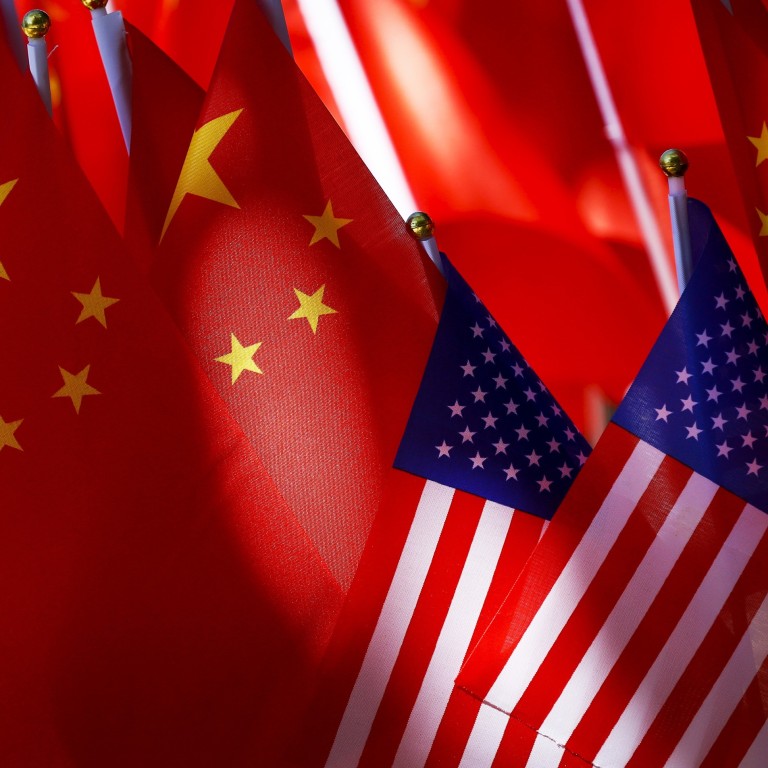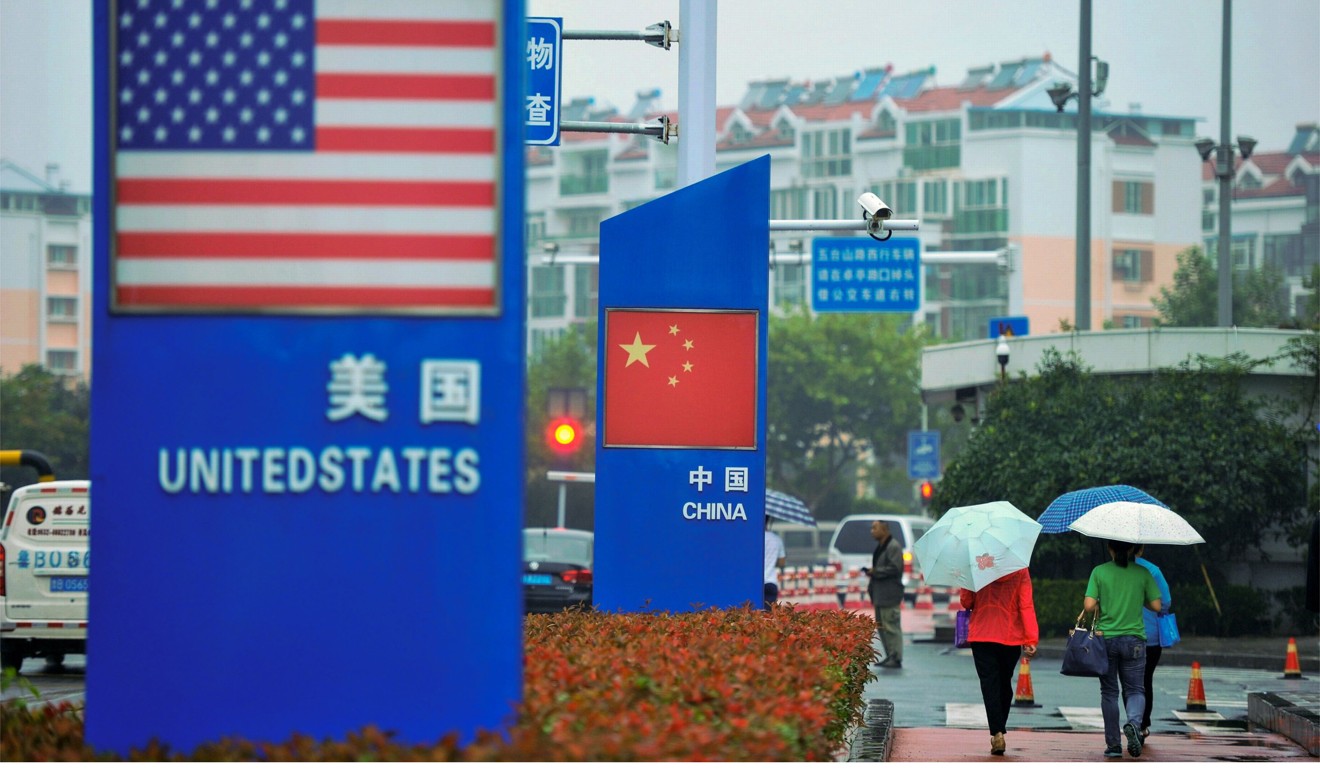
Trade deal will remain elusive if China feels threatened by US demands, analysts say
- Washington wants an enforcement mechanism to ensure Beijing delivers on its economic reform pledges, but China prefers a softer approach
- Both sides want a deal, but they also want to feel like they have won
China will find it hard to accept a trade deal in which the US wields tariffs as punishment for failing to meet its terms on economic reforms, analysts said, as the two sides continue to seek a resolution to their dispute before the March 1 deadline.
With a freshly empowered Chinese Vice-Premier Liu He in Washington for the latest round of talks, negotiators now have just over a week to reach an agreement before the US deadline for raising tariffs on US$200 billion worth of Chinese goods from 10 per cent to 25 per cent.
China, US sketch outline deal to end trade war covering six key areas, sources say
US Trade Representative Robert Lighthizer said at the end of last month that any deal would be “nothing” without enforcement. But analysts said Beijing was unlikely to agree to any mechanism that came with an intrinsic threat of further tariffs for violations, preferring instead a more consultative approach to monitoring its economic reforms.
Wayne Morrison, a specialist in Asian trade and finance at the Congressional Research Service – a Washington-based think tank for the US Congress – said Chinese officials were unlikely to agree to an arrangement that could not be seen as a win for both sides.
“It would be difficult, in my opinion, for China to accept verification and enforcement provisions that appeared to allow the United States to unilaterally flip the on and off switch on tariff hikes whenever it wanted to,” he said.
“For China, this would make the trade relationship with the United States highly uncertain and unstable – not much of an improvement over the present situation.”

The US, however, has said repeatedly that China does not have a good track record on implementing its commitments, and that any reforms must be verified and monitored. During the talks in Washington, US officials said that tariffs would be used to enforce Beijing’s promises to keep its currency stable, Bloomberg reported on Wednesday.
China-US trade deal coming soon, Huawei’s Meng to be released in weeks, Communist Party insider predicts
Orit Frenkel, a former US trade official and president of consulting firm Frenkel Strategies, said that tariffs could be used both as punishment and reward, by raising or lowering them in line with Beijing’s progress on its economic reforms.
“I do think that a mechanism for implementing and monitoring China’s commitments is critical,” she said. “[But] I think this is the trickiest part, as China will not be happy with a deal that does not fully eliminate tariffs or allows for them to be reimposed.”

For its part, Frenkel said the US might agree to a milder implementation provision simply to secure a deal, which it knew was vital given the market volatility caused by the trade uncertainty.
The world’s two largest economies have been locked in a trade war since July, with billions of dollars worth of tariffs imposed on both sides.
The key issues in their trade negotiations include China’s trade surplus with the US, intellectual property protection, forced technology transfers, state subsidies that favour Chinese companies, currency controls and market access.
US President Donald Trump – the self-proclaimed “Tariff Man” – and Chinese President Xi Jinping brokered a 90-day tariff truce in December, though the US leader said later that March 1 was not a “magical date”, suggesting the deadline could be extended as talks continue.
Tu Xinquan, a professor at the University of International Business and Economics in Beijing, said it was possible that the Chinese side would accept an enforcement mechanism as long as its progress on reform was judged fairly.
“After all the trade discussions, both sides will be clear on the commitments China has made,” he said.
“If China does not meet them, it will work to ensure it does so, but will not go beyond what it has promised.”
Beijing had already drafted new laws on issues such as intellectual property protection and foreign investment, which showed it was prepared to move on such issues, Tu said.
“Everyone wants a result,” he said. “Liu He has gone to Washington as Xi’s special envoy this time, which signals more authority, so there is a greater possibility of the US not increasing its tariffs or even removing them.”
US demands China keeps yuan stable over fears of trade war backlash
Morrison also highlighted a possible stumbling block in the shape of the Trump administration’s demands for China to buy more US goods and services while also insisting it become less state driven.
“Is the United States, which wants China to become more market driven, expecting the Chinese government to make hundreds of billions of dollars’ worth of purchases?” he said.
“I’d be amazed if the two sides came up with a comprehensive trade agreement by the March 1 deadline, given the complexity of the issues involved. I think the negotiations will go on for some time.”

